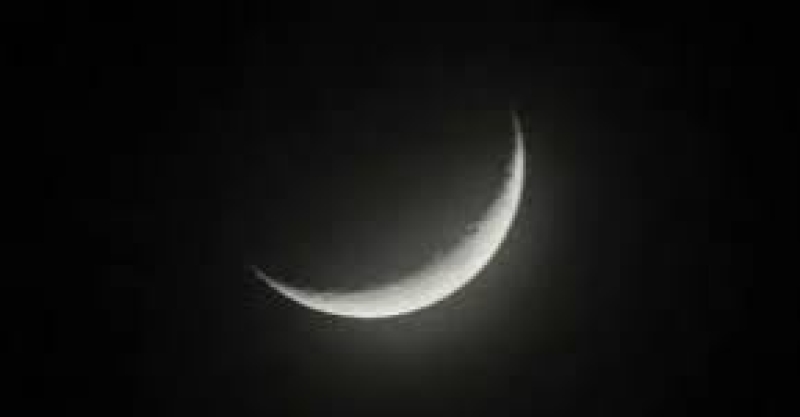- UN Warns Gaza Fuel Crisis Threatens Humanitarian Collapse |
- WHO’s Saima Wazed placed on indefinite leave amid graft probe |
- UNRWA Commissioner-Gen. on Gaza: 800 starving people killed |
- 150,000 Rohingya flee to BD amid renewed Myanmar violence |
- Scrap trader hacked, stoned dead: 2 Jubo Dal men expelled |
Ramadan to Extend to 30 Days, Eid Likely on Monday in Saudi Arabia

Astronomers have confirmed that the Shawwal crescent moon will be undetectable across the Arab and Islamic world on Saturday, March 29, due to a solar eclipse.
Saudi astronomer Bader Al Omaira explained that the crescent will set before the sun, and its conjunction will occur after sunset, making it impossible to spot, whether by the naked eye, telescopes, or any other method.
In Saudi Arabia and other Arab and Islamic nations, the sighting of the Shawwal crescent is crucial to marking the end of Ramadan and the beginning of Eid-ul-Fitr. As a result, it is expected that Ramadan will be extended to 30 days, with Eid-ul-Fitr celebrations likely to take place on Monday, March 31.
The International Astronomical Centre in Abu Dhabi confirmed last week that the Shawwal crescent will be invisible from the eastern part of the world, including across the Arab and Islamic regions, regardless of observational tools.
Should the crescent remain unseen on March 29, Ramadan will continue for a full 30 days, and Eid-ul-Fitr will be celebrated on March 31. However, if the crescent is sighted, Eid will be observed on Sunday, March 30.

